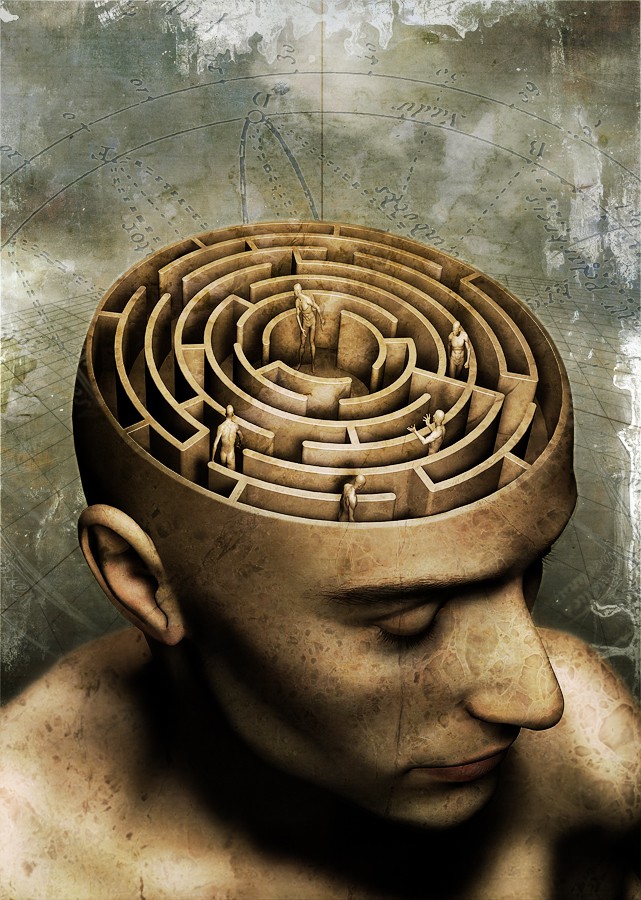According to popular belief Cagliostro’s real name was Giuseppe Balsamo, and he was a Sicilian by birth. Within recent years, however, doubts have arisen as to whether this belief is in accord with the facts. It may yet be proved that in part, at least, the tirades of abuse heaped upon the unfortunate Comte have been directed against the wrong man. Giuseppe Balsamo was born in 1743 of honest but humble parentage. From boyhood he exhibited selfish, worthless, and even criminal tendencies, and after a series of escapades disappeared. Trowbridge(loc. cit.) presents ample proof that Cagliostro was not Giuseppe Balsamo, thus disposing of the worst accusation against him. After six months’ imprisonment in the Bastille, on his trial Cagliostro was exonerated from any implication in the theft of the famous “Queen’s Necklace,” and later the fact was established that he had actually warned Cardinal de Rohan of the intended crime. Despite the fact, however, that he was discharged as innocent by the French trial court, a deliberate effort to vilify Cagliostro was made by an artist–more talented than intelligent–who painted a picture showing him holding the fatal necklace in his hand. The trial of Cagliostro has been called the prologue of the French Revolution. The smoldering animosity against Marie Antoinette and Louis XVI engendered by this trial later burst forth as the holocaust of the Reign of Terror. In his brochure, Cagliostro and His Egyptian Rite of Freemasonry, Henry R. Evans also ably defends this much persecuted man against the infamies so unjustly linked with his name.
Sincere investigators of the facts surrounding the life and mysterious “death” of Cagliostro are of the opinion that the stories circulated against him may be traced to the machinations of the Inquisition, which in this manner sought to justify his persecution. The basic charge against Cagliostro was that he had attempted to found a Masonic lodge in Rome–nothing more. All other accusations are of subsequent date. For some reason undisclosed, the Pope commuted Cagliostro’s sentence of death to perpetual imprisonment. This act in itself showed the regard in which Cagliostro was held even by his enemies. While his death is believed to have occurred several years later in an Inquisitional dungeon in the castle of San Leo, it is highly improbable that such was the case. There are rumors that he escaped, and according to one very significant story Cagliostro fled to India, where his talents received the appreciation denied them in politics-ridden Europe.
After creating his Egyptian Rite, Cagliostro declared that since women had been admitted into the ancient Mysteries there was no reason why they should be excluded from the modem orders. The Princesse de Lamballe graciously accepted the dignity of Mistress of Honor in his secret society, and on the evening of her initiation the most important members of the French court were present. The brilliance of the affair attracted the attention of the Masonic lodges in Paris. Their representatives, in a sincere desire to understand the Masonic Mysteries, chose the learned orientalist Court de Gébelin as their spokesman, and invited Comte di Cagliostro to attend a conference to assist in clearing up a number of important questions concerning Masonic philosophy. The Comte accepted the invitation.
On May 10, 1785, Cagliostro attended the conference called for that purpose, and his power and simplicity immediately won for him the favorable opinion of the entire gathering. It took but a few words for the Court de Gébelin to discover that he was talking nor only to a fellow scholar but to a man infinitely his superior. Cagliostro immediately presented an address, which was so unexpected, so totally different from anything ever heard before by those assembled, that all were speechless with amazement. Cagliostro declared the Rose-Cross to be the ancient and true symbol of the Mysteries and, after a brief description of its original symbolism, branched out into a consideration of the symbolic meaning of letters, predicting to the assembly the future of France in a graphic manner that left no room for doubt that the speaker was a man of insight and supernatural power. With a curious arrangement of the letters of the alphabet, Cagliostro foretold in detail the horrors of the coming revolution and the fall of the monarchy, describing minutely the fate of the various members of the royal family. He also prophesied the advent of Napoleon and the rise of the First Empire. All this he did to demonstrate that which can be accomplished by superior knowledge.

Moe is the founder of GnosticWarrior.com. He is a father, husband, author, martial arts black belt, and an expert in Gnosticism, the occult, and esotericism.

![How Augustine admonished the bishops of the Britons on behalf of Catholic peace, and to that end wrought a heavenly miracle in their presence; and of the vengeance that pursued them for their contempt [Circ. 603 A.D.] | Book 2 | Chapter 2 How Augustine admonished the bishops of the Britons on behalf of Catholic peace, and to that end wrought a heavenly miracle in their presence; and of the vengeance that pursued them for their contempt [Circ. 603 A.D.] | Book 2 | Chapter 2](https://www.gnosticwarrior.com/wp-content/plugins/contextual-related-posts/default.png)
